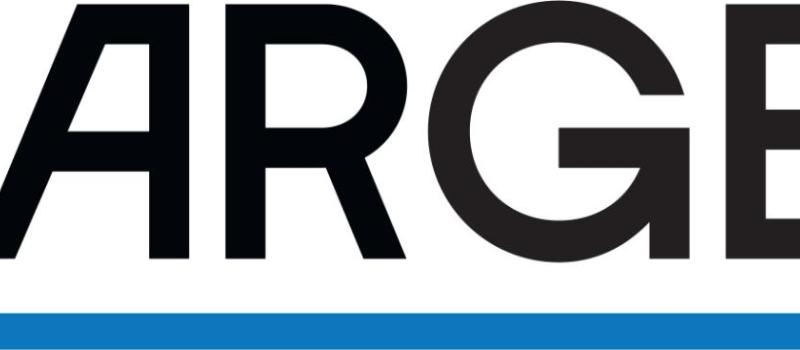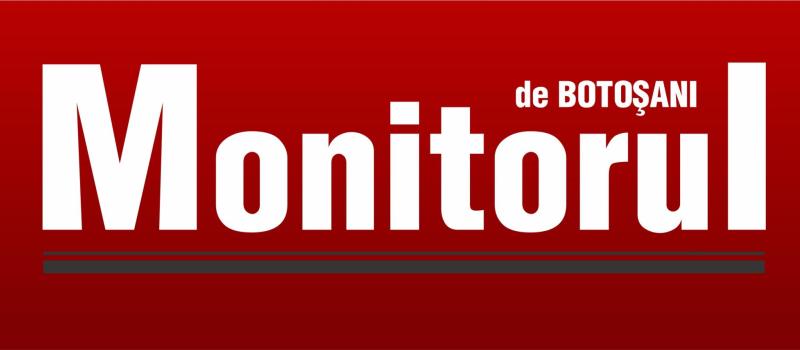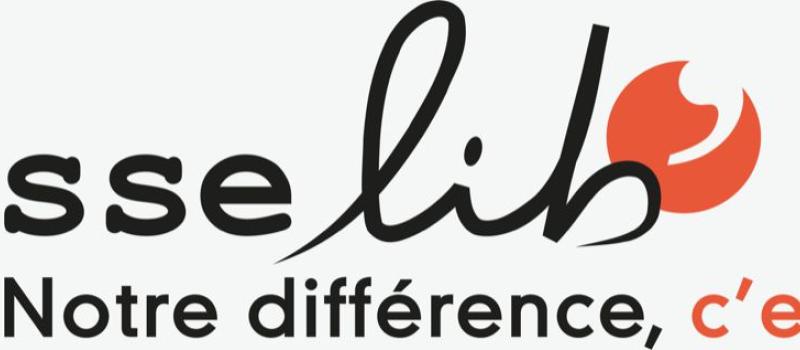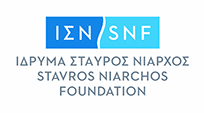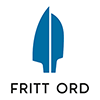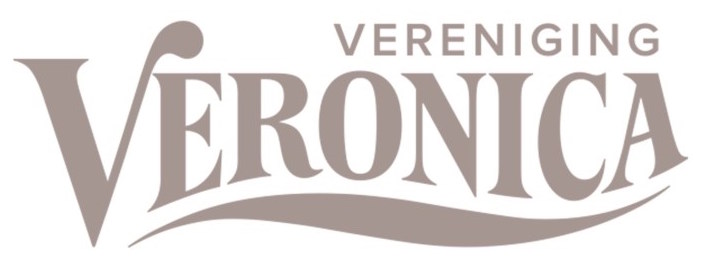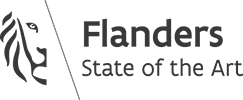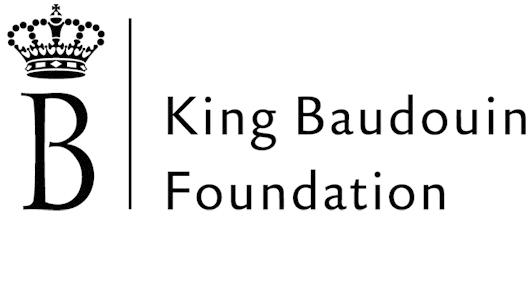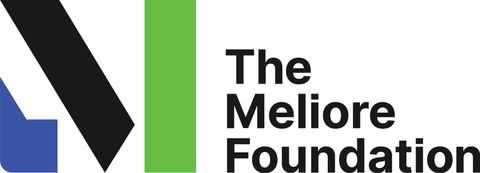
GWENGAMP - We want to develop a video production activity for our media. Over a period of six months, we want to experiment with different video formats, to see which are the most effective, and which ones we want to develop next. This is a way to complete Splann! editorial offer by strengthening our media's cross media vocation.
Our project consists of producing videos. We have identified this medium as being an important audience vector for our media. We want to make our investigations known to an audience far from the written press and long articles.The latest study carried out by the Reuters Institute and the University of Oxford shows that on a global scale, social networks have become the leading points of access to online information, ahead of websites and social networks.
In France, 34% *of people surveyed say they get their information via social networks in 2023. This rate rises to 45% for the 18- 34 age group. Facebook appears to be the preferred social network for consulting the news (36%), ahead of YouTube (23%). Among 18-24 year olds, Instagram (35%) is ahead of YouTube (26%). The spectacular growth of TikTok, used by 8% of French people for information (15% of 18 to 24 year olds) confirms the importance of the online video medium. In a context of continued growth in digital uses, but also of public loss of confidence in journalists and interest in information, it seems pragmatic to us to adapt to new consumption habits and new uses of information.
On the one hand, we want to disseminate our investigations to an increasingly wider audience, fulfilling the promise of carrying out impactful journalism. On the other hand, we want to offer our content on channels with little or no investment by traditional media in order to contribute to the urgent fight against disinformation and misinformation. We have invested in social networks since the launch of Splann!, in 2021. The media is now active almost daily on Facebook, X (formerly Twitter), Instagram, LinkedIn, YouTube and Mastodon. We recently ran an account on BlueSky as well as an inactive account on TikTok, for a total of 22.000 subscribers. With the exception of BlueSky, all of these networks allow video streaming, according to different standards that we have analyzed.
Until now, our video production has remained anecdotal, due to the significant costs it requires. We were nevertheless able to experiment with certain short formats, such as survey summaries. Nearly three years after our creation and, after a structuring phase which led to the creation of two permanent jobs and in the face of the urgency revealed by the media panorama, our associative structure (NGO) is preparing to develop a real video strategy.
Target group
We identified information needs in three different local communities :
- Rural Breton areas : Brittany is one of the leading agricultural regions in Europe, with a high population density in the countryside. Two regional newspapers are very present to provide daily news. But no media offers a long format, researched and documented like we do. Furthermore, since the agri-food industry is omnipresent in the region, there is a form of censorship and self-censorship when it comes to reporting on the abuses of this sector. However, these are themes that concern public health and environmental pollution. Our surveys are therefore extremely relevant for residents of rural areas of Brittany.
- Breton speakers : Brittany is a trilingual region. French is the official language. Breton and Gallo are minority and minoritized languages which are in danger. In order to continue to keep these languages alive, we have chosen to be a bilingual media. All our articles are published in both Breton and French. We plan to also publish in Gallo if our means allow it. It will be the same with videos. In doing so, we provide long, worked content in a language where the media offering is very limited, especially in writing.
- Young Breton people : through our written surveys, we know that we reach a rather older readership. However, Brittany is full of young people committed to the climate and other environmental causes. These young people do not get their information via traditional channels and rarely read the paper press. Even more rarely long written investigations like we produce. However, we believe that the information we reveal is crucial for this generation to reclaim local environmental issues. This is why we want to develop our visibility on social networks thanks to videos.
Goals of the project
This project should make it possible to reach the greatest number of people, thanks to a new channel for disseminating our surveys. We will be able to see the impact of our videos by monitoring their audience, week after week. They will be broadcast on our YouTube channel, allowing us to quantify the number of views, and relayed on social networks, where we will be able to follow shares and “likes”. We will be satisfied if we observe over the given period that the number of subscribers, on YouTube, Facebook, Twitter, Instagram, etc., increases significantly. Indirectly, these videos should allow us to increase the number of visits to our website to read our surveys.
These videos must also fill a deficiency in the Breton language: making videos in Breton will arouse the enthusiasm of the Breton community, which is one of Splann!'s readership communities. Furthermore, certain formats, such as major interviews, should make it possible to raise awareness of Splann! to a wider audience. Particularly beyond Brittany because the subjects explored are often transversal. We believe that the videos going behind the scenes of investigations will generate a certain enthusiasm for journalistic work, create vocations, promote our Splann! approach work. It's not all about seeing the result at the end, you have to understand that carrying out a survey is a long-term job. It is also a way of keeping our investigations alive beyond publication.
These videos must also have a role in our economic development by generating financial donations. More Splann! is visible and identified, the more readers will support us financially. A crucial point since our economic model is essentially based on donations.
For us, finally, the impact of our investigations can also be measured by their coverage in other media. These videos offer controlled content, ready to broadcast, making it easy to cite surveys and Splann! to gain visibility and audience. The more our information is taken up, disseminated, shared, the more chances we have that our investigations will have concrete consequences: cancellation of projects, changes to laws, court decisions, open investigations... We want to bring out our revelations in the continuous flow information to have the maximum impact. Video production is part of this strategy.
About the media outlet
Splann! is an investigative media under the french status of association law 1901, created in September 2020, whose purpose is to defend and implement journalism independent of economic, financial and political powers by giving journalists the means to carry out in-depth investigations around the world, accessible at least in French and Breton, on subjects of public interest. The association's journalistic productions are published on the www.splann.org website, by partner media, as well as through a monthly newsletter and sometimes hot news content trough an alert mail. As of January 1, 2023, Splann! - witch means "clear" in breton language - had published five investigations.
need resources for your own investigative story?
Journalismfund Europe's flexible grants programmes enable journalists to produce relevant public interest stories with a European mind-set from international, national, and regional perspectives.
support independent cross-border investigative journalism
We rely on your support to continue the work that we do. Make a gift of any amount today.

